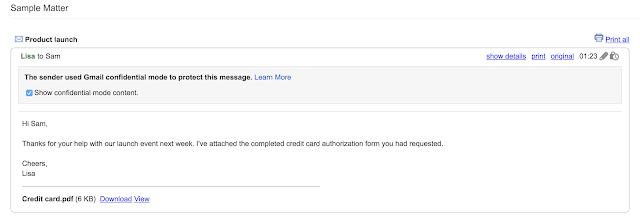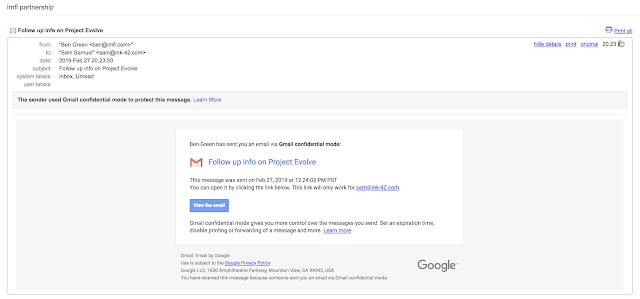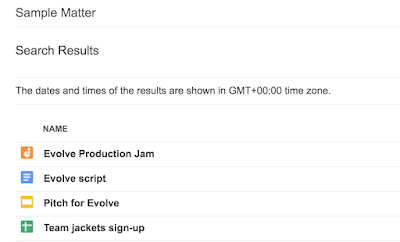Quick launch summary
We’ve designed a new interface for Google Vault. The new interface makes it easier to navigate, and includes new productivity features for faster task completion. To use the new interface, visit vault.google.com and sign in with your Google Workspace admin account.
The new interface includes all the core functionality from the classic interface, and there’s no impact on your existing Google Vault setup. The main interface improvements include the following:
- When you first sign in, you’re directed to a home page with up to three options (depending on your permissions): Retention, Matters, and Reporting.
- When you set up retention rules and holds, step-by-step flows with more tooltips guide you through the process.
- Custom retention rules, holds, and search results are listed in sortable, filterable tables. This helps you more easily understand the scope of your information governance policies and search results.
- When you explore search results and hold reports, you keep your context. Clicking an item opens a side panel instead of taking you to a new page.
The classic interface is still available at ediscovery.google.com. Matters, retention rules, and audit log data will sync between the interfaces and be available in both places until ediscovery.google.com is shut down. We’ll provide more details regarding this turndown on the Workspace Updates blog at least three months in advance.
Getting started
- Admins: The new interface is available at vault.google.com. Visit the Help Center to learn more about managing Google Vault for your organization. Note that users in the classic interface may see a banner inviting them to try the new interface starting on December 3, 2020.
- End users: No end user impact.
When you first sign in, you’ll now see a home page with up to three options: Retention, Matters, and Reporting.
Rollout pace
- This feature is available now for all users.
Availability
- Available to Google Workspace Business Plus, Enterprise Standard, and Enterprise Plus customers, G Suite Business and Enterprise for Education customers, and customers with the Vault add-on license
- Not available to Google Workspace Essentials, Business Starter, and Business Standard customers, as well as G Suite Basic, Education, and Nonprofit customers
Resources
- Google Workspace Admin Help: Using Google Vault
- The new Google Vault interface: vault.google.com













